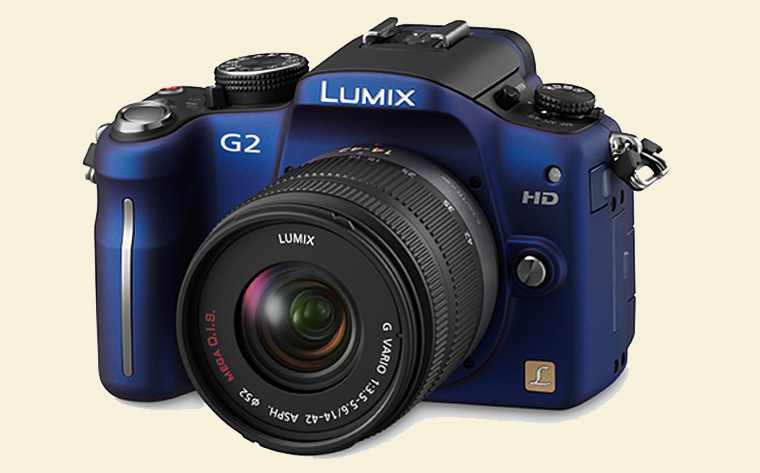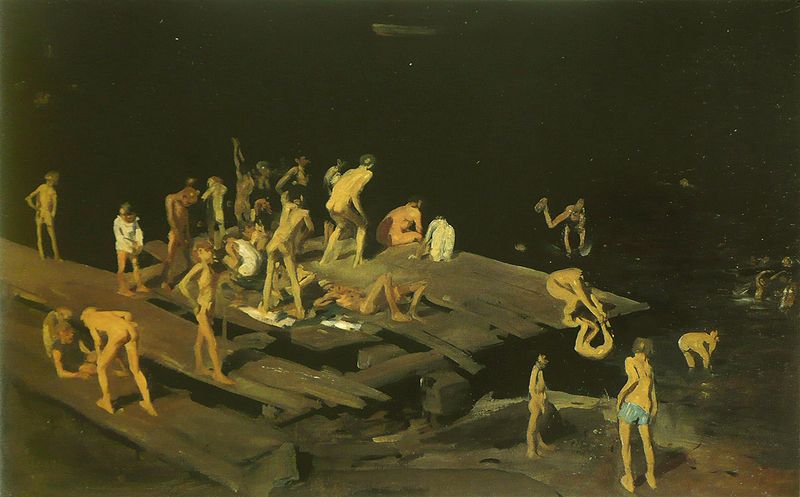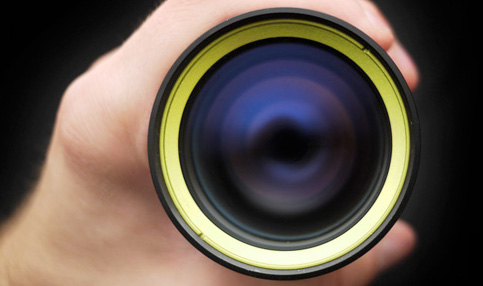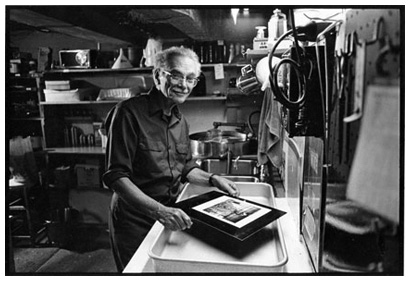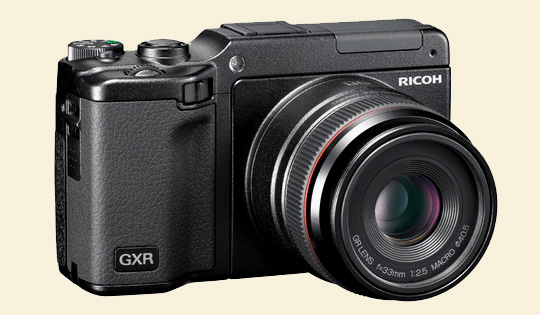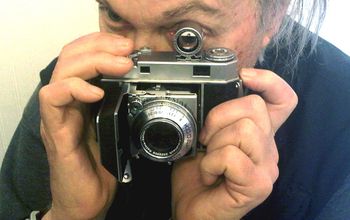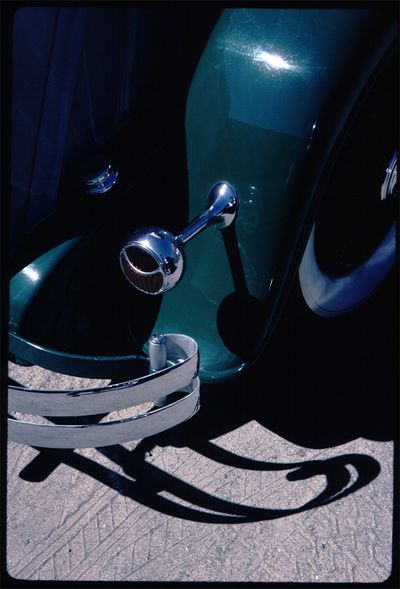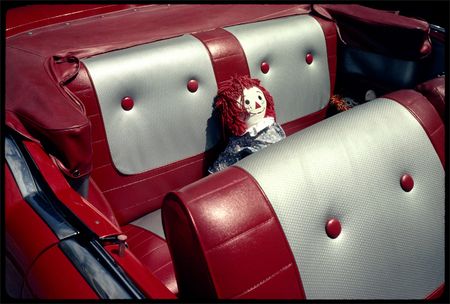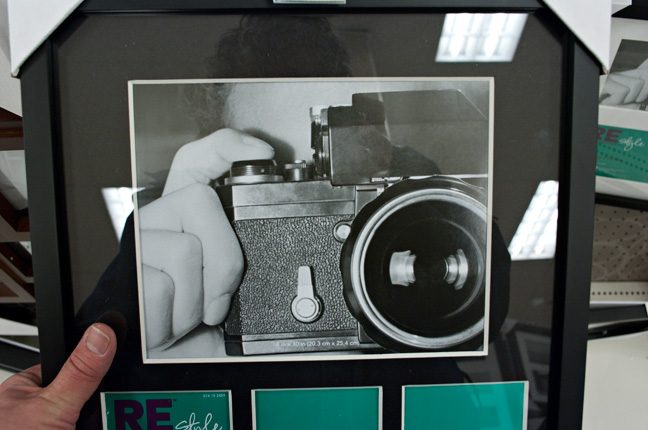Some while back, Michael Reichmann of The Luminous Landscape posted "An Open Letter to Leica" subtitled "A Modest Proposal for Reinventing the M Series." Not long after, Michael published a response by Thom Hogan of ByThom.com under the title, "Thom Hogan Considers—What's Next for Leica." Both Michael and Thom speculated about what sort of products they think Leica needs to offer in the future—to quote Michael's article, he's answering the question, "what should the next M series Leica be like?" A perfectly sensible question.
Far be it from me to argue with either Thom or Michael. (And I'm not; their opinions stand for themselves.) But as Michael said, "the ideas that I'm putting forward are worth a public debate."
So here's my modest little contribution to the debate. I think the future of Leica is now.
As the great Inigo Montoya would say, 'let me 'splain'
I'm neither a Leica insider nor a Leica user (well, I've been using an M7 lately, but it's not mine, it's a loaner from a friend). And I'm only basing the following on logic, which can easily lead us astray. But here's where my logic takes me:
1. Old, traditional camera company falls on hard times, is sold by its founding owners (the Leitz family) who don't want to preside over its demise, changes hands several times, flirts dangerously with bankruptcy.
2. Passionate and independently wealthy enthusiast buys company.
3. New owner sinks big money into said company. I mean big—according to rumors, on the order of a hundred million euros or more. Again, I'm not an insider, so I don't know this for a fact, but that's the story.
4. After some rough water and a few mistakes along the way, the new owner's team comes up with an outstanding and highly sensible 3-tiered range of products. There is:
a. The Leica M9, a "full-frame" digital replica of the historical company's best-known and best-loved (and, yes, iconic) product. Also, it's exactly what most enthusiasts wanted. Also, it's the second iteration of the concept, fixing the flaws and addressing the drawbacks of the first generation.
b. Below that, the Leica X1, a premium semi-compact with a large APS-C-sized sensor and a beautiful fixed lens. Astutely judged as, if you'll forgive the phrase, a casual camera for the serious user. Or as a smart (in both senses) fashion accessory for the casual user. Just as astutely, positioned so as to complement but not compete with the main product. Affordably* priced at ~$2k.
c. Above the M9, the all-new Leica S2, a clean-sheet camera system conceived from first principles. Well positioned to appeal to not one but two markets: the type of pros who need to be concerned about their image, particularly fashion shooters of various descriptions, and very-well-heeled amateur enthusiasts who want the latest and the best and the most prestigious. (An S2 on your shoulder is the only thing guaranteed to make an M9 owner envious!)
'Psst, buddy, wanna buy a loss leader?'
It makes utterly no sense to me when I encounter various hosers on sundry forums opining that "Canon should buy Leica" or "Panasonic should buy Leica" or somesuch similar nonsense. What, do they mean with its angel? Leica lost four-point-something million
euros last year. Should Canon say, "sure, we'll buy Leica, just as long as Herr Kaufmann is included in the deal, and he promises to continue sinking tens of millions of euros from his family's personal fortune into what will no longer be his company"? How does that make any sense at all, to anyone? The answer to "X should buy Leica" is not only "No—no, it shouldn't," and it's not even "Shut up," although both those responses are perfectly reasonable ones. It's that the perfect guy already bought Leica. Leica's owner is a seriously rich guy who loves the marque and is a passionate photography enthusiast and is willing and able to lose huge boatloads of money lovingly nurturing the company and grooming its product line. Nobody could fantasize a better owner for Leica than Leica already has.
And that's where I come down on this "future of Leica" thing. You're holding out for the future? The current cameras just aren't good enough? So, what, you're going to hold off and wait until the next time somebody sinks €100 million into a money-losing company and comes up with an ideal product lineup?!?
Really?
My opinion: the future is now. Right now. 2010 is 26 years past 1984
and nine years past 2001
. For anybody who ever wanted a digital Leica, 2010 is the top of the bell curve; the best time for the company since 1958 (i.e., the year before Nikon introduced the F); the perfect time to jump on board.
The company has already given us more than anybody ever had a right to expect—more than reasonable people were even hoping for ten and twenty years ago. Leica can't make enough M9's and X1's to even keep up with demand. B&H won't even let you pre-order an X1 (I think that means their current pre-orders exceed the number of units they're expecting in their next shipment—I'll try to check on that).
Finally, before anyone brings up the obvious: yeah, time will go on. History didn't end in 1992. Newer products will continue to replace older ones. Even Studebaker, once the largest maker of wheeled vehicles in the world, couldn't sell horse-drawn buggies past 1919. The years do keep coming. With luck, the current ownership of Leica will prosper, and its team will come up with products in the future that will be appropriate to future conditions. But...this is the golden hour. Where Leica is concerned, for all practical purposes, the future's here.
Mike
*Money being relative. No one wants or needs a $35,000 Rolls-Royce. The people to whom a premium, high-prestige camera brand appeals are the kind of people who can easily afford $2k for a camera. If you think it's too expensive, then it's just not for you.Send this post to a friend
Note: Links in this post may be to our affiliates; sales through affiliate links may benefit this site. More...
